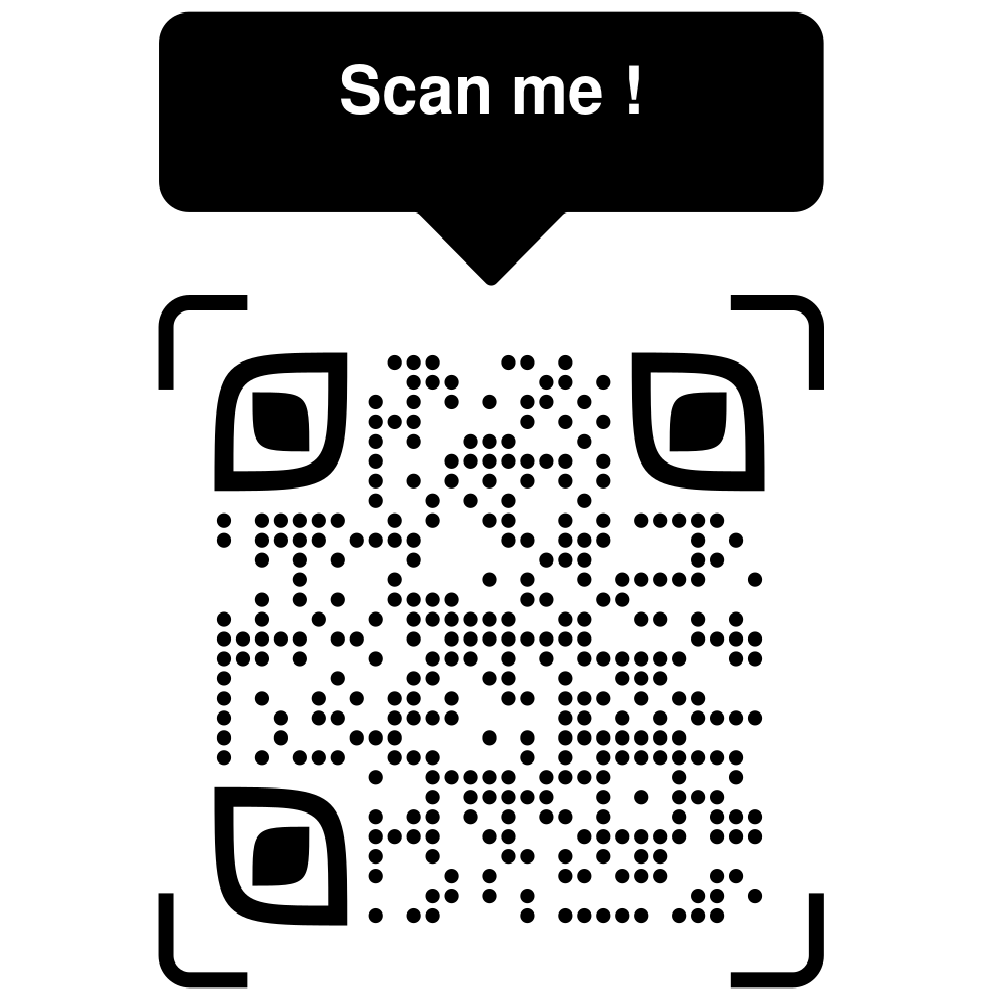
QR codes, or Quick Response codes, are two-dimensional barcodes that were originally created for tracking parts in the automotive industry but have since found a wide range of applications. They are used for various purposes, including:
Information Sharing: QR codes can store various types of data, such as text, URLs, contact information, Wi-Fi network credentials, and more. They are commonly used to quickly share information with others. For example, scanning a QR code on a business card can save contact details directly to a phone.
Website Links: QR codes often contain URLs. Scanning the code with a smartphone's camera can take you directly to a website or landing page without the need to type in a long URL.
Payment Transactions: QR codes are used in mobile payment systems like Apple Pay, Google Pay, and various banking apps. They facilitate quick and secure transactions by encoding payment information.
Boarding Passes and Event Tickets: Airlines and event organizers use QR codes on boarding passes and tickets for easy check-in and access control. Scanning the code validates the ticket.
Inventory and Asset Management: Businesses use QR codes to track inventory, manage assets, and monitor equipment maintenance. Each item or asset can have a unique QR code for easy identification and tracking.
Product Packaging: QR codes on product labels can provide consumers with information such as product details, usage instructions, and safety information. They can also help verify the authenticity of products.
Marketing and Advertising: QR codes are often used in marketing materials, posters, and advertisements. Scanning the code can lead to promotional content, videos, or special offers.
Contactless Menu Access: In restaurants and cafes, QR codes on tables or menus allow customers to view the menu on their smartphones. This has become more common during the COVID-19 pandemic to reduce physical contact with menus.
Geolocation and Navigation: Some QR codes encode geographic coordinates. Scanning such codes can open navigation apps and provide directions to a specific location.
Healthcare: QR codes are used in healthcare settings to access patient information, medication details, and appointment schedules. They also play a role in contact tracing during public health crises.
Education: QR codes can link to educational resources, such as online courses, textbooks, or supplemental materials. Teachers often use them to provide quick access to learning materials.
Authentication and Security: QR codes can be used for two-factor authentication (2FA) and secure login processes. They are also employed in security badges and access control systems.
Event Promotion and RSVPs: Event organizers use QR codes for promoting events and managing RSVPs. Attendees can scan the code to register or check-in.
Library and Museum Information: Libraries and museums use QR codes to provide additional information about books, artworks, and exhibits. Scanning a QR code can lead to a detailed description or multimedia content.
Emergency Information: Some individuals encode emergency contact and medical information in QR codes on personal identification or wearable devices for quick access during emergencies.
QR codes have become increasingly popular due to their convenience and versatility. With the widespread use of smartphones, they offer a simple and efficient way to access information, make transactions, and interact with the physical world.



